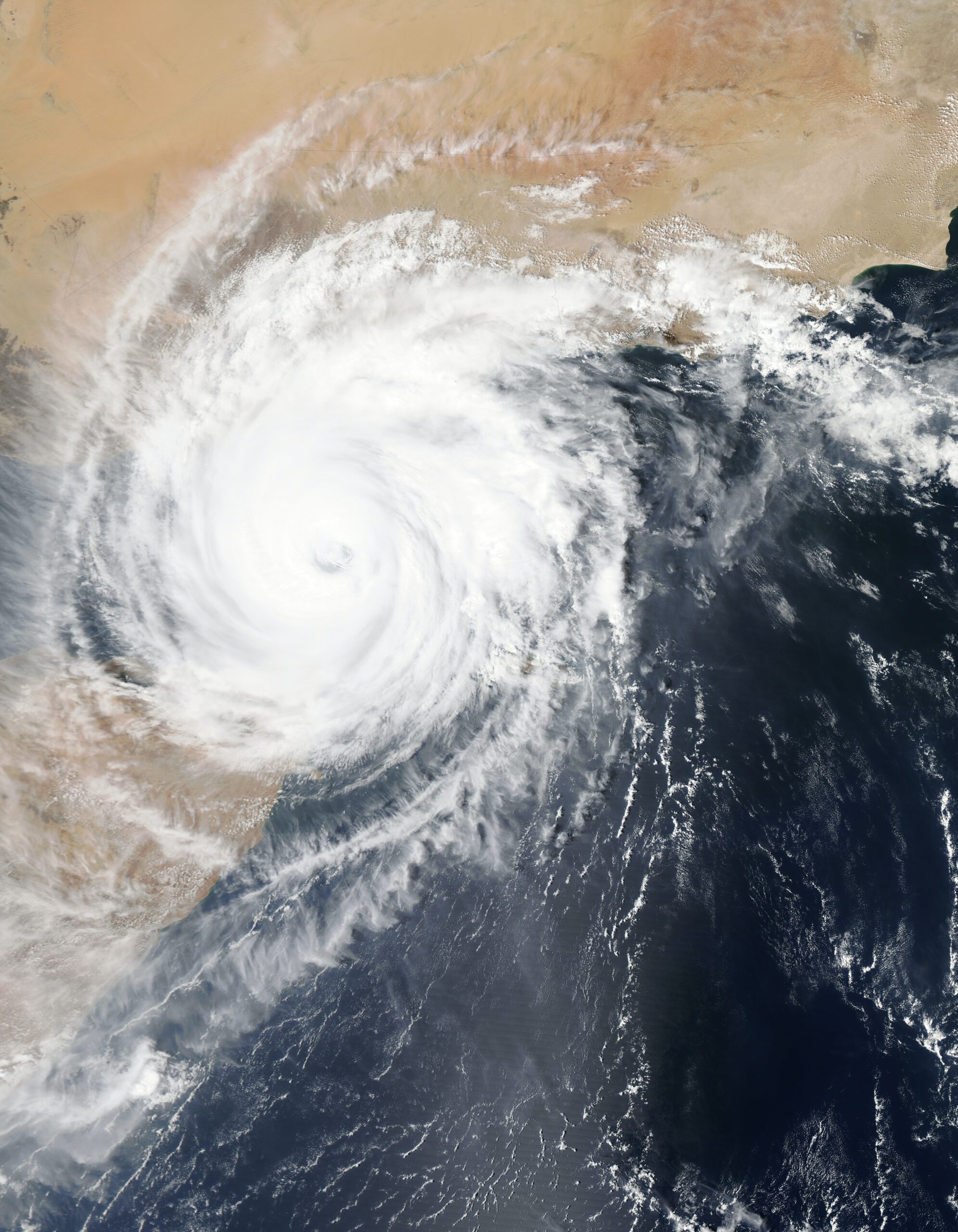Cyclones, also known as hurricanes, typhoons, or tropical cyclones, are awe-inspiring natural phenomena that emerge from the warm embrace of our oceans. These colossal rotating storms, fueled by energy drawn from the ocean to the atmosphere, have shaped our planet’s history and continue to impact our lives today. Let’s delve into the science behind cyclones and explore their evolving role in our changing climate.
1. The Ingredients of a Cyclone
Much like baking a perfect cookie, cyclones require specific ingredients to form and strengthen:

Warm Ocean Water: The ocean acts as the primary energy source for cyclones. Warm waters provide the necessary heat and moisture, fueling their growth.
Moisture in the Air: Cyclones thrive on moisture-laden air. As warm air rises from the ocean surface, it condenses, releasing latent heat and intensifying the storm.
Low Vertical Wind Shear: Imagine a tower of blocks—the cyclone’s core—pushed by your hands. If the top and bottom experience consistent forces, the tower remains intact. High vertical wind shear, however, disrupts this delicate balance, tearing cyclones apart.
Pre-existing Disturbance: A cluster of thunderstorms serves as the catalyst for cyclone formation. Without this disturbance, the storm cannot take shape.
2. The Dance of Cyclones
Once a cyclone forms, its path and intensity depend on large-scale weather patterns. Here’s how they move and evolve:
Path: Cyclones follow the atmospheric currents. Their trajectory hinges on factors like high-pressure systems, jet streams, and the Earth’s rotation (the Coriolis force). Whether they make landfall or remain at sea determines their impact.
Intensity: Warm ocean waters sustain cyclones. As they absorb heat, their winds spiral faster, creating a powerful vortex. The eye—the calm center—houses descending air, while the eyewall hosts the fiercest winds and torrential rains.

3. The Climate Connection
a. Global Warming and Cyclones
Our changing climate influences cyclones in several ways:
Increased Rainfall: Global warming intensifies cyclone rainfall. Warmer air holds more moisture, leading to heavier downpours during storms.
Higher Storm Surge: Rising sea levels elevate storm surge risk. Cyclones push seawater ashore, causing flooding and coastal damage.
Frequency and Intensity: While the overall frequency of cyclones may not change significantly, their intensity likely will. As oceans warm, cyclones become more potent, posing greater threats.
4. Lessons from the Past, Preparing for the Future
As we study past cyclones, we learn valuable lessons:
Historical Records: Ancient texts and geological evidence reveal cyclone impacts across centuries.
Early Warning Systems: Modern technology allows us to track cyclones, issue warnings, and minimize casualties.
Adaptation: Coastal communities must adapt to rising sea levels and stronger storms. Infrastructure, emergency plans, and resilient ecosystems play crucial roles.
Conclusion
Cyclones remain a force of nature, shaping our planet’s destiny. As stewards of Earth, we must understand their dynamics, mitigate risks, and protect vulnerable communities. Let cyclones remind us of our interconnectedness with the natural world—a reminder to nurture our planet and safeguard its future.
Remember, every cyclone carries a story—a tale of power, resilience, and the delicate balance between land and sea.







+ There are no comments
Add yours